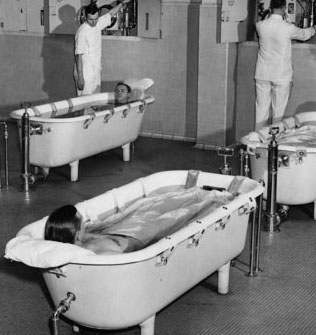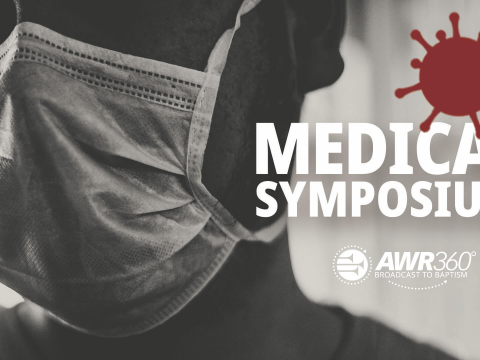“Blending the Past and the Present”
by Rick Mautz PT, MS
As I watch the news about people going to the hospital with sever respiratory symptoms. I have to ask the question “What were they doing the seven days or more from the time they had the first symptoms and when they went to the hospital?” I recently talked to a medical professionals about what they are telling people who call in with symptoms, but are not severe enough to be hospitalized. Her answer was, “We tell them to go home and do what they normally would do for a cold or flu”. For 80% of infected persons, they will recover at home and not require further hospitalization. But is there something that can be done at home to reduce the 20% that will have more serious reactions to this virus?
Last Sunday I watched an AWR sponsored Symposium that answered that question. A panel of our top Adventist Physicians discussed what worked in 1918 with the Spanish flu pandemic that killed millions, and how we might apply some of those same principles now. In 1918 they did not have any drug to fight this virus, so they turned to what they could do naturally. At that time Adventists had been having good success in their sanitariums using natural remedies to treat many health conditions, so they turned to these to fight this new pandemic. The results were life saving, and far more effective than the standard practice in the hospitals of the day.
Today we are blessed to have the benefits of the best health care system that has ever existed. What if we followed what worked then along with taking advantage of our advanced medical care that we have today. I believe the results would be even more impressive than what they saw in the past and what we are seeing presently.
The practices that were followed in 1918 were low risk with high reward. These are the type of practices that we can be doing when we are waiting at home till the condition worsens. For more details on this subject, you can watch the Symposium (posted on this site)
Rocky Mountain Lifestyle Center remains available for your help during this crisis.
Phone – 303-909-8274 Web – rmlc.online Facebook – Rocky Mountain Lifestyle Center
The following was the protocol used by the Seventh-day Adventist Sanitariums in the 1918 Spanish Flu Pandemic that was so successful in combating this killer epidemic. There is reason to believe that this same approach will produce positive outcomes in this current COVID-19 Pandemic.
7 steps to take immediately if you have symptoms of, or test positive for COVID-19…
- Don’t wait until you start feeling really sick. Immediately begin bed rest, isolated from the rest of the family—preferably a bedroom that has its own bathroom. Your caregivers should wear protective gear even if all they have is a plastic trash bag, bandanna, gloves, etc. They should improvise the best they can if they don’t have the proper protective equipment.
- Don’t wait until your lungs are affected. Begin chest fomentation treatments twice a day. Or Hot and Cold showers 3 times a day. 3min. Hot – 1min. Cold 3times, ending with Cold, Dry off and go to bed for at least 20 min.
- Drink at least 8 cups of water a day. No other liquid but pure water. That means no coffee, caffeinated tea, soft drinks, alcoholic beverages, or fruit juices.
- Eat 2 or 3 meals a day consisting of unrefined, plant-based food items. Eat freely of fresh fruits and vegetables, whole grains and legumes. Avoid snacking. Avoid the use of refined carbohydrate products, dairy and meat products, and eliminate sugar in all its forms—honey, molasses, white or brown sugar, maple syrup, etc.
- Keep your sick room warm, but with a widow open at all times for fresh, oxygenated outdoor air.
- After all symptoms are gone; remain in a restful state for the next 2 to 5 days to prevent relapse.
- Put your trust in divine power Read the promises in Psalms 91. Study God’s Word— D2BibleSchool.com. Do not get into the fear mode! Fear compromises your immune system.
(The steps above are not meant to be a substitute for professional medical care—stay in touch with your medical provider.)


